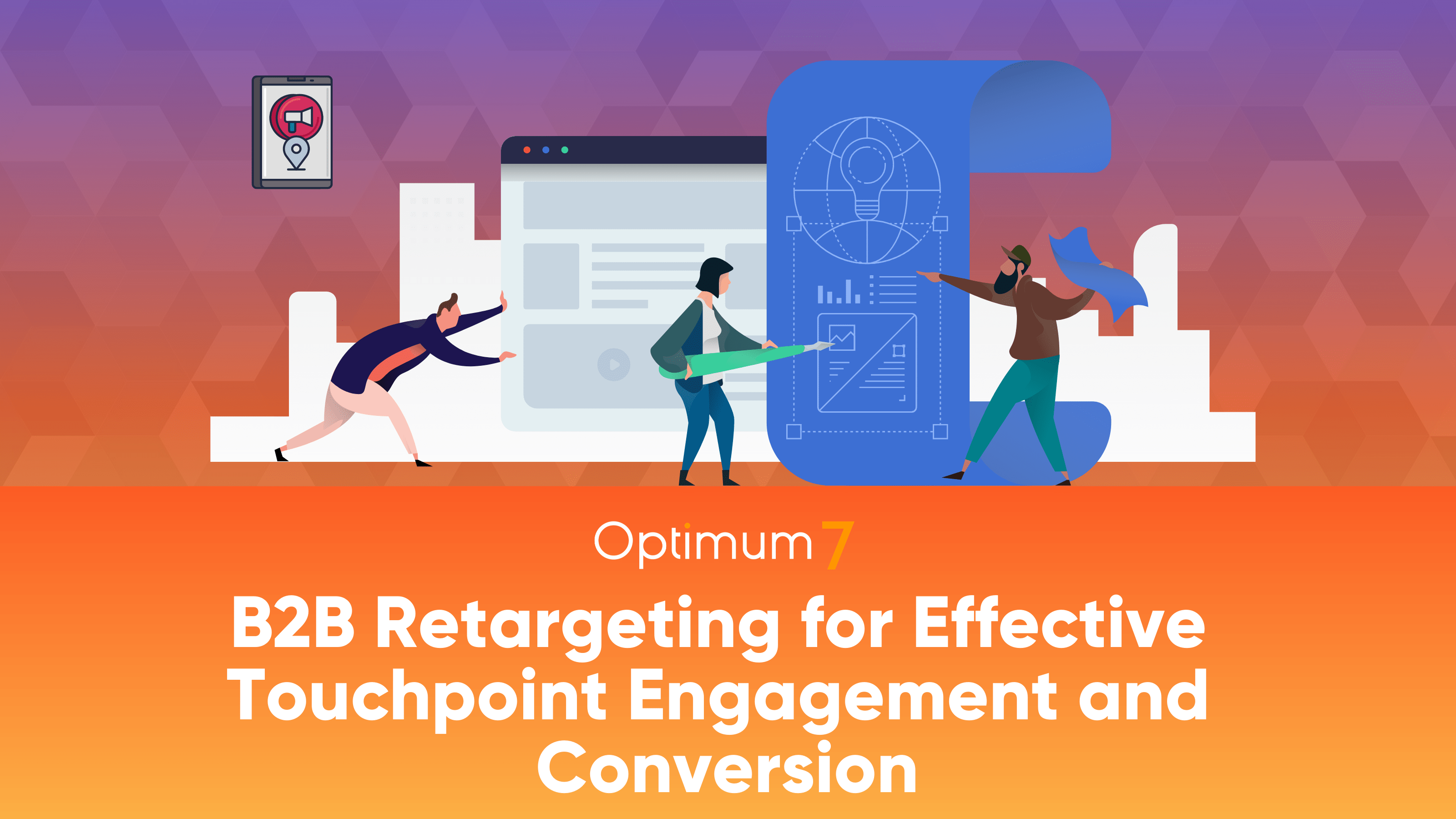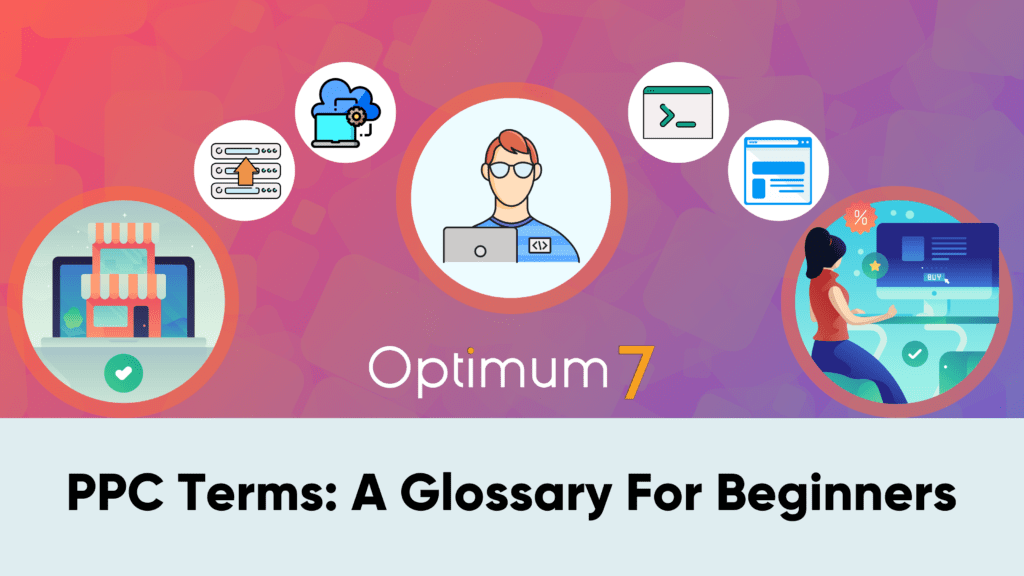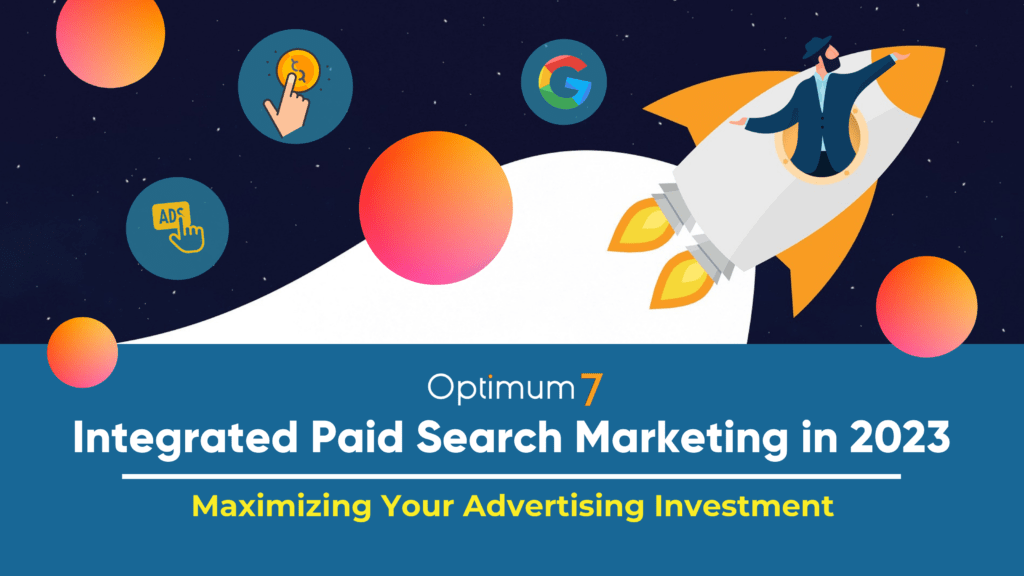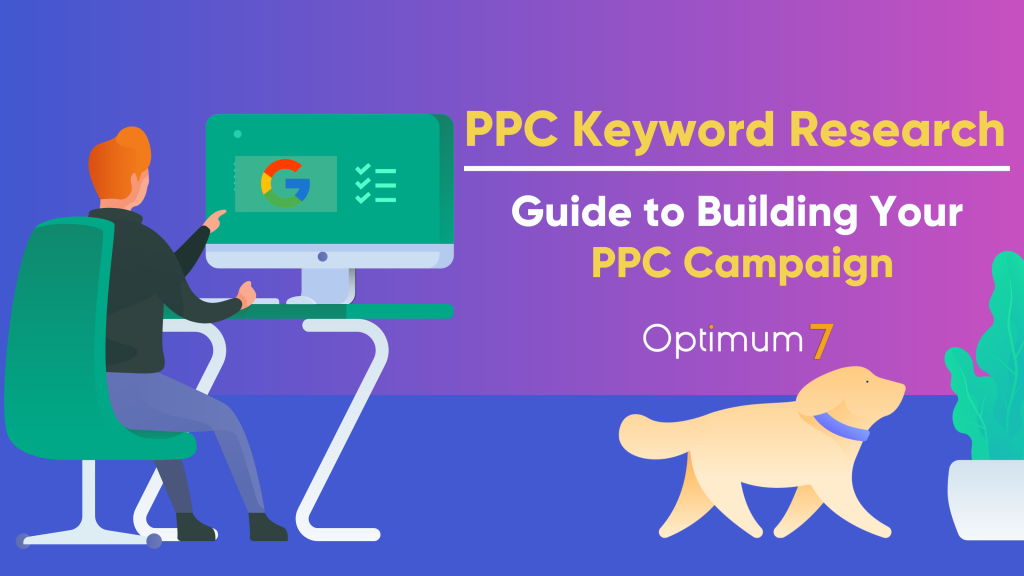Retargeting is a key tool in B2B marketing, especially when dealing with the long and complex buying processes typical in this sector. Google’s research into what they call the ‘messy middle’—the convoluted stage between when a buyer starts looking and finally decides to purchase—sheds light on why retargeting is so valuable. This phase is full of information and choices, and buyers often go back and forth, weighing different options. This is where consistent and clever retargeting can make a big difference.
By keeping your brand visible and front of mind, retargeting helps remind potential customers of your products or services as they navigate through their decision-making process. It’s about being there, right in front of them, as they move between exploring new possibilities and evaluating their options. This strategic presence helps your brand stay relevant against the competition, offering gentle nudges back to your site without being pushy.
Retargeting isn’t just effective; it’s also cost-efficient. In today’s market, where buyers look for the best rather than just the cheapest options, retargeting allows you to repeatedly reinforce your brand’s value. Plus, by tapping into behaviors like social proof and authority bias, retargeting can effectively steer purchasing decisions your way. This method ensures you’re not just another choice, but a continuous, compelling presence as buyers make their way through the messy middle of their purchase journey.
Understanding the Basics of B2B Retargeting
B2B retargeting is a digital marketing strategy that reconnects you with potential customers who have previously interacted with your brand but didn’t make a purchase. Essentially, it involves showing targeted ads to these individuals as they continue to browse online. This method is crucial because it helps keep your brand top of mind, increasing the likelihood that these potential customers will return and complete a transaction. Unlike B2C retargeting, which might focus more on impulsive buying triggers, B2B retargeting typically deals with longer decision cycles and requires content that speaks to a professional audience, focusing on value, ROI, and detailed product benefits.
Key Strategies for Effective B2B Retargeting
To harness the full potential of B2B retargeting, it’s crucial to employ strategies that resonate with the specific needs and behaviors of your business audience. At Optimum7, we’ve worked extensively with various sectors, including industrial manufacturers, and have identified effective ways to fine-tune these strategies:
1. Segment Your Audience
Effective audience segmentation is foundational in crafting retargeting campaigns that are relevant and engaging. Here’s how we’ve successfully segmented audiences for our B2B clients:
Initial Visitors: Target these individuals with general brand awareness ads. For industrial manufacturers, this might involve highlighting the legacy of quality and reliability in your brand’s history.
Engaged Users: These visitors have shown interest by engaging with your content. For example, if they’ve viewed specific machinery or downloaded technical specifications, follow up with detailed case studies or video demonstrations of those products.
Decision-Makers: This group likely includes senior executives who visited high-intent pages like pricing or custom solutions. They benefit from direct calls to action, special offers, or even direct contact options like scheduled calls with sales representatives.
2. Content Personalization
Tailoring your content to meet the unique needs of each segment ensures that your retargeting efforts hit the mark:
Highlighting Product Features: For a client in the industrial sector, emphasizing the technical superiority and long-term cost-efficiency of a product can be pivotal.
Showcasing ROI: Demonstrating how your product increases efficiency or reduces operational costs can be particularly persuasive. Include relevant data and client testimonials to strengthen your case.
Customization Capabilities: Illustrate your ability to tailor solutions to specific industry needs, which is often a critical requirement for B2B clients, particularly in manufacturing.
3. Timing and Frequency
Choosing the right moments and limiting the frequency of your ads ensures they remain effective without overwhelming your audience:
Identify Key Decision Times: Understanding when your target sectors are planning their budgets or looking to finalize purchasing decisions can guide the timing of your campaigns.
Implement Frequency Capping: To maintain a balance between visibility and intrusiveness, set limits on how often your ads appear to the same individual.
Reactivate Interest: Use re-engagement strategies for leads that have gone cold. For instance, if a potential client from the manufacturing sector hasn’t engaged in a while, an ad about a relevant industry update or innovation might reignite their interest.
These retargeting strategies, refined through our work with B2B clients including those in the industrial manufacturing sector, aim to optimize touchpoints, making them more engaging and likely to convert. By understanding the nuances of your audience’s needs and behaviors, you can significantly enhance the effectiveness of your digital marketing efforts.
Technological Tools and Platforms for Effective B2B Retargeting
Leveraging the right technological tools and platforms is crucial for implementing an effective B2B retargeting strategy. Here are some key platforms and technologies that can significantly enhance your retargeting efforts:
Google Ads
Google Ads is a staple in the retargeting arsenal. It allows for precise targeting based on previous website interactions. For example, for industrial manufacturers, Google Ads can target ads to users who have visited specific product pages but haven’t made a purchase, reminding them of the products they viewed with tailored messages about product benefits or limited-time offers.
LinkedIn Marketing Solutions
Given its professional network nature, LinkedIn is particularly effective for B2B retargeting. It provides tools to retarget website visitors, video viewers, or lead form interactions. This platform is ideal for reaching decision-makers and influencers within specific industries, including manufacturing, by serving ads directly to professionals based on their industry, job role, and seniority.
Facebook Ads Manager
While more commonly associated with B2C, Facebook’s vast user base and sophisticated targeting options make it a valuable tool for B2B campaigns as well. It’s particularly useful for engaging users who have interacted with your content or visited your website, through dynamic retargeting ads that can showcase a range of products or solutions previously browsed.
AdRoll
AdRoll is designed specifically for retargeting, offering cross-platform and cross-device capabilities. This tool excels in handling multiple types of retargeting campaigns, including web, social media, and email. It’s effective for B2B companies looking to maintain a consistent presence across various channels, ensuring that your brand stays top of mind.
Demandbase
Specializing in account-based marketing, Demandbase is particularly suited for B2B marketers who need to target specific companies or business units within a larger corporation. It uses AI to identify and target key accounts that are most likely to convert, making it a powerful tool for personalized marketing efforts toward high-value clients in sectors like manufacturing.
Integrating these tools into your digital marketing strategy can help streamline your retargeting efforts, providing more cohesive and effective campaigns that drive engagement and conversions. Each platform offers unique benefits, so choosing the right mix will depend on your specific business needs and the nature of your target audience.
Challenges and Considerations in B2B Retargeting
Implementing a B2B retargeting strategy comes with its own set of challenges. Understanding these hurdles can help you navigate them effectively and optimize your retargeting campaigns for better results. Here are some key challenges and considerations:
Ad Fatigue
One of the most common issues in retargeting is ad fatigue, where potential customers become so accustomed to seeing the same ads repeatedly that they start ignoring them or, worse, develop a negative association with your brand. To combat this, it’s crucial to rotate ad creatives regularly and personalize messages to keep content fresh and engaging.
Relevance and Timing
Delivering the right message at the wrong time can render your retargeting efforts ineffective. It’s essential to analyze customer data to understand the optimal times for engaging specific segments. This involves understanding their buying cycles, the average length of the decision-making process, and the impact of external factors like economic conditions or industry trends.
Measuring Effectiveness
Tracking the ROI of retargeting campaigns can be challenging, especially when dealing with multiple touchpoints over extended periods. Employing advanced analytics and attribution models can help you understand which parts of your retargeting strategy are working and which need adjustment.
Overlapping Campaigns
In companies where multiple departments may run their own marketing campaigns, there’s a risk of overlapping retargeting efforts that can confuse potential customers or waste advertising budgets. Coordination across departments and clear communication about ongoing campaigns are essential to avoid this pitfall.
Technical Integration
Integrating retargeting tools with existing systems can sometimes be technically challenging, especially for businesses with older or custom-built IT infrastructures. Ensuring that your CRM and other marketing tools are well-integrated with retargeting platforms is key to running smooth and efficient campaigns.
Cross-Device Tracking Challenges
In today’s multi-device environment, tracking users across different devices can be difficult. Users might browse on a mobile device and then switch to a desktop before making a purchase, complicating the attribution and targeting accuracy of retargeting campaigns. Employing sophisticated cross-device tracking technologies and strategies is essential to maintain a coherent retargeting approach.
Ad Blockers
The increasing use of ad blockers is another significant challenge. These tools prevent ads from being displayed, which means your retargeted ads might not reach a significant portion of your target audience. Strategies to counteract this include focusing on content marketing and other forms of engagement that aren’t blocked, such as email marketing or organic social media outreach.
Cookie Deprecation
The ongoing changes in privacy norms, including the phasing out of third-party cookies by major browsers, pose a strategic challenge for retargeting campaigns that traditionally rely on these cookies. Marketers need to pivot towards first-party data collection and potentially invest in alternative technologies like contextual advertising or device fingerprinting.
Budget Optimization
Efficiently allocating budgets across various marketing channels while ensuring that retargeting efforts are adequately funded can be a balancing act. It’s crucial to use performance data to guide budget decisions and ensure that retargeting efforts are cost-effective and aligned with broader marketing goals.
Creative Consistency
Maintaining a consistent brand message across retargeting campaigns and other marketing initiatives is crucial but can be challenging, especially in larger organizations. Consistent creative messaging helps reinforce brand recognition and improves campaign effectiveness. Developing a comprehensive brand guideline and communication strategy is key.
Addressing these challenges requires a mix of strategic planning, technological investment, and ongoing adaptation to evolving marketing landscapes and consumer behaviors. By acknowledging and preparing for these potential obstacles, B2B marketers can more effectively manage their retargeting campaigns and achieve sustained success.
Transform Your Retargeting Approach with Optimum7
At Optimum7, we pride ourselves on our deep expertise and proven track record in B2B retargeting strategies. Our approach is built on understanding the unique complexities and challenges of B2B marketing, and we leverage this knowledge to craft retargeting campaigns that not only reach but resonate with your target audiences. With our commitment to data-driven results and innovation, we ensure that your campaigns are not only effective but also aligned with the latest industry standards and best practices.
Choosing Optimum7 means partnering with a team that’s dedicated to enhancing your digital presence and driving your business growth. Our expertise extends across industries, including intricate sectors like industrial manufacturing, where we’ve consistently delivered campaigns that convert interest into action. Let us show you how our tailored, insightful approaches to B2B retargeting can transform your marketing efforts and help you achieve unmatched success in your market.






